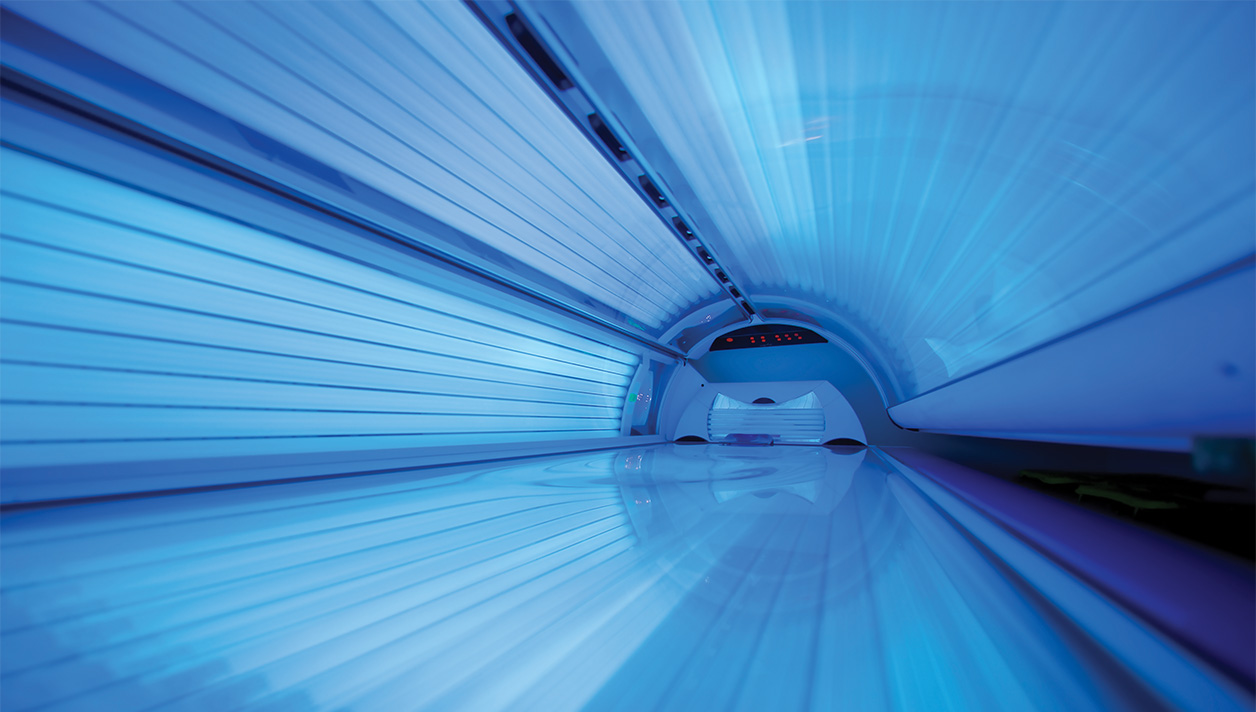A recent press release generated by anti-tanning bed protagonists, Cancer Research UK (CRUK), has caused yet another ripple of resentment amongst the UK’s indoor tanning community. In what I can only describe as a deliberate misrepresentation of the facts to achieve a desired result, the CRUK release was, in my opinion, written in such a way as to mislead the media and the public when it attempted to point the finger at indoor tanning as one of the factors in the rise of malignant melanoma rates.
According to the CRUK research study, rates of people diagnosed with malignant melanoma are now five times higher in the UK than 40 years ago. The release stated this increase was partly due to an explosion in package holidays to Europe dating from the late 1960s and “the increasing popularity of the must-have tan often achieved only after damaging sunburn.”
However, in the slipstream of this explanation, the release then added, “The boom in indoor tanning bed use has also helped to fuel the increase in skin cancer.”
Now, mention skin cancer to the average member of the public and for that matter the wider non-specialist media, and they will very likely think malignant melanoma as this is, of course, the most dangerous type of skin cancer. However, what they are not generally aware of and what the CRUK release conveniently/deliberately omitted to define, is that malignant melanoma only represents about 5% of skin cancers and that 95% of so called “skin cancers” are actually benign skin lesions. More importantly, there is absolutely no clinical data relating indoor tanning bed use with an increased risk of melanoma.
The CRUK release also stated, “One of the best ways for people to reduce their risk of melanoma is to avoid sunburn. Those with the highest risk of disease include people with pale skin, lots of moles or freckles, a history of sunburn or a family history of the disease.” These are all contra-indications that would prevent anyone from being able to use a UV system in a professional salon and, of course, for those who can tan indoors, a correctly advised session is a controlled dose of UV without burning.
So, in summary: there’s no clinical evidence; a UV session in a professionally operated salon is a controlled dosage and people at highest risk of melanoma aren’t allowed to tan indoors, anyway (nor should they sunbathe). So, to write a release that encourages the joining of the dots between tanning bed use and the increased rate of malignant melanoma cases can, in my opinion, only be described as completely disingenuous.
And, as no doubt anticipated by the authors of the release, the desired result was to a larger extent achieved. Print and broadcast headlines claimed tanning beds to blame for the rise in skin cancer rates and then went on to reference the malignant melanoma statistics. Of course, through the UK Sunbed Association, an immediate rebuttal of the claims made in the release was issued which did, in a number of instances, help neutralise the campaign message. Subsequent interviews also gave us the opportunity to discuss the issue in more detail and some of these articles have yet to appear, so we certainly anticipate the overall message to be balanced.
Having said that, it is still important, I think, to highlight the fact that there was little if any media scrutiny of the fact that in the release and in subsequent interviews with CRUK spokespeople, generous and regular application of lotion with SPF of at least 15 was advocated for all when in the sun. Not necessarily poor advice, until you realise the funders of the research project on which the CRUK release was based was none other than Nivea Sun, manufacturers of SPF lotions.





























